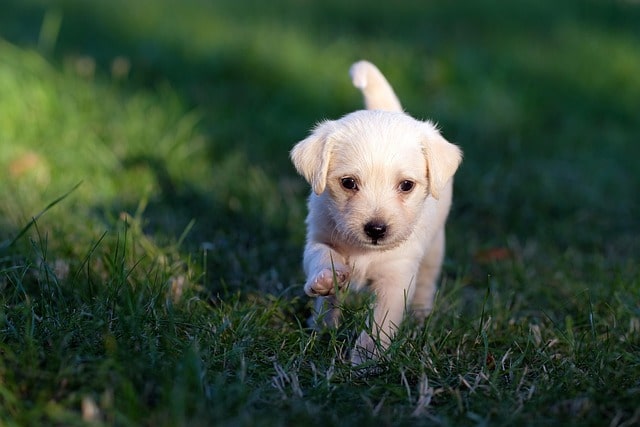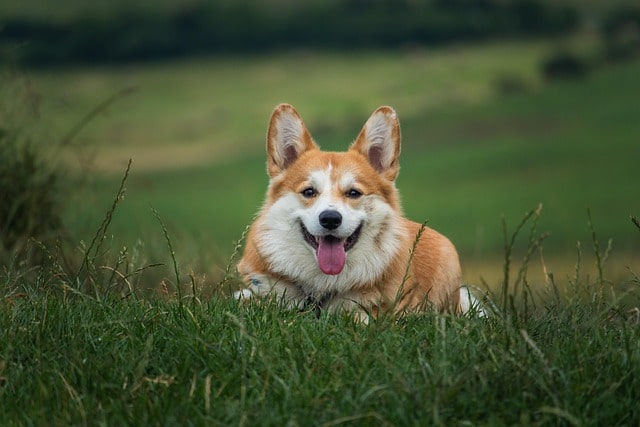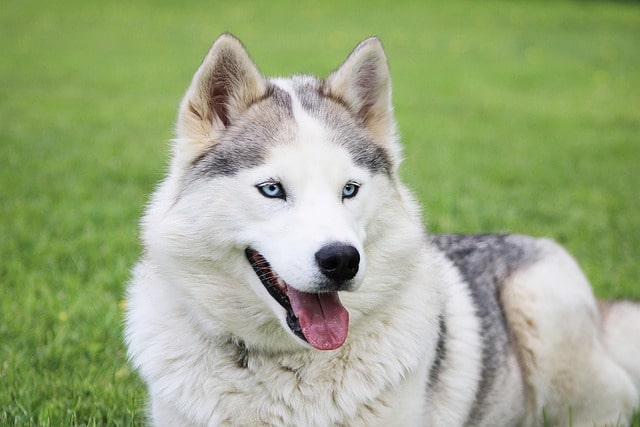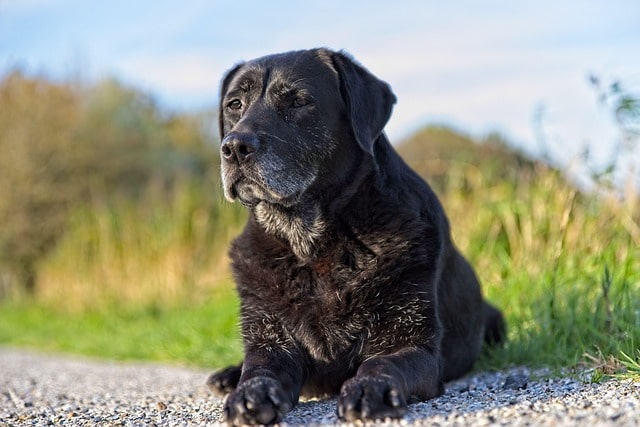In this article, we will cover the life cycle of a dog and their various stages in detail. We will guide you through these stages offering insights that every responsible pet owner should know.
Dogs are the most popular and omnipresent domestic organisms in the world. Dogs are carnivore domesticated animals that belong to the family Canidae and subspecies of Canis lupus, also known as grey wolf. Dogs are also related to the species of foxes and jackals. The evolution of dogs from grey wolves gave rise to around 400 species of dogs.
These mammals have lived parallely with human beings as hunting buddies for over 12,000 years now. Since dogs have a keen sense of smell and taste, they are great companions for hunting purposes.
Dogs are the first species amongst animals that were domesticated. human beings identified these characteristics and created new breeds, based on need and want.
Let’s look at the life cycle and nutrition of a dog to get a better understanding.
Dog life cycle and Stages
The specific amount of time a dog spends in each stage varies by breed and size.
The life cycle of dog has several stages starting with the new born stage. with each stage having distinct developmental and behavioural characteristics.
Four Stages of a Dog’s Life Cycle
The four stages of the life cycle of the dog include puppy, adolescent, adult, and senior.
1.Puppy Stage
This stage lasts from 6 to 18 months, which includes the following sub-stages.
1.neonatal stage
The neonatal stage marks the first two weeks of a puppy’s life.
After 63 days of gestation period, a puppy is born. Puppies are born blind deaf and toothless at birth. During the initial two weeks (around 10-14 days) of life, puppies are unable to do anything and puppies are entirely dependent on their mother in this period.
And They are not capable of regulating too their body temperature. they are totally dependent on their mother’s milk. their primary activities consist of sleeping and nursing.
Their sense of smell is the only developed sense, which helps them locate their mother and siblings.
2.Transitional stage
During this stage, puppies begin to experience their surroundings. Their eyes and ears ( ear canals) start to open typically around 2 to 4 weeks after birth. Initially, their vision is blurry, but they soon develop the ability to see more clearly.
After their sensory power ( smell, touch and taste ) increases, puppies start to clear see and hear and able to stand and move around a little. they now start to learn about their surroundings.
Their first teeth emerge, enabling them to try solid food eat alongside their mother’s milk. during the teething period, puppy are likely chew on everything.
And he will be able to regulate his own body temperature.
3.Socialisation stage
The socialisation stage (4-12 weeks) is one of the most critical phases in puppy development. It is during this period that puppies form their understanding of the world around them.

Permanent growth of the teeth is also completed in this stage (around the 5th month).
In this stage Sense will start to mature and social interaction is increased and also Learning social interaction begins.
At this stage, puppies are introduced to basic training, This crucial period in the dog life cycle sets the foundation for their overall mental and emotional stability. This stage is ideal for introducing more advanced training.
The process of weaning in puppies varies from species to species. Usually the puppy has stopped drinking mother’s milk and completely shifted to food by the end of 8 weeks.
The smaller breed puppies remain puppies for 6 to 18 months and are dependent on their mother and siblings.
This period lays the foundation for their growth and development, with nutrition playing a pivotal role in strengthening their immune systems. The puppies feel secure and fosters healthy behaviours as they grow.
During this stage, in case of domestic puppies, they ought to get all the vaccinations.
The large breed puppies enter the adolescent stage late compared to smaller breed puppies.
2.Adolescence stage
This stage of a dog’s life occurs between the ages of approximately 6 and 36 months, based on breed variety. From 6 months until 18 months for small dogs and 36 months for larger breed. And smaller dogs often reaching it early.

This is the stage when the initial reproductive hormones begin to bring changes in the physical and mental behaviour of the dog.
The female dogs enter into heat and male dogs are more interested in marking with urine and sniffing.
The Adolescence stage marks a period of rapid growth and learning. They become more energetic and curious.
Their milk teeth will fall out and adult teeth will come in.
3. Adulthood stage
After one or two years, the dog enters the adult stage of his or her life.

The duration of this phase depends on the dog’s breed and size. Smaller breeds tend to mature faster and have longer adult phases compared to larger breeds.
The adult stage of a dog’s life cycle begins at about 18 months for smaller dogs and 36 months for larger breeds ones until 7 to 10 years.
During these stages, dogs are sexually become fully matured mature after 6 months or one year, smaller breeds mature faster than bigger breeds.
Female dogs have their first cycle between 6 to 28 months of age, and it repeats twice every year after that.
Their sexual activities are under control, the agitation in the dogs is less ,and they appear more relaxed.
They are physically very active, independent and responsible.
During this stage, dogs reach their peak physical capabilities, the dog is trained and practised skills assigned by human beings.
At this stage, you will need to be patient and constructive with them. For dogs to stay fit, regular exercise and and a healthy diet is needed.
4. Senior Stage
This stage of dogs are like the senior stage in humans. The average life span of a dog depends on the species, but it is usually around 8 to 15 years. however, some dogs can live for more than 20 years depending on their care, nutrition, and health.

During this period the dog is fatigued, has a reduced appetite, eats less and takes several long naps during the day.
The dog seems inactive, and the muzzle turns grey, indicating aging. The dog’s metabolism also slows, causing it to gain weight. Many dogs have oral difficulties and urinary incontinence.
Nutritional supplements for dogs
Nutrition Varies depending on your dog’s needs. Dogs are omnivores, so have the ability to digest both meat and vegetables. Feeding your dog a balanced diet is essential for their health and well-being.
They need a balanced diet of proteins, fats, fibre, minerals and vitamins. This diet will change their health, energy, immunity, susceptibility to arthritis.
- Vegetables :- Carrots, Spinach ,Green Beans (source of vitamins) ,Sweet Potatoes, Pumpkin ( great digestion )
- Fruits :- Blueberries ,Apples ,Bananas
- Grains :- Brown Rice, Oats
- Dairy product :- Yogurt , Cheese
And other Supplement nutrition like glucosamine sulphate, bone meal powder ( needed calcium for bones) all excellent for dogs.
There are various types of dog food available, but dry food described as ‘complete’ is usually the best option. These contain all the nutrients your dog needs in a convenient form that’s easy to store.
food to strictly avoid for dog
- Nuts
- Onions
- Raisins
- Chocolate
- Leeks
- Garlic
- Grapes
- Avocados
- Leftover bones
Conclusion
Dogs are most popular omnipresent domesticated animals across the globe. Dog species are widely known for guarding. Human beings have developed a fond connection with dogs, also they are used as therapy dogs in hospitals and other medical centres.
In this article, we had cover the life cycle of a dog and their various stages in detail. We had guide you through these stages,
Hope you liked this article, if you like the article then definitely share it on social site.
